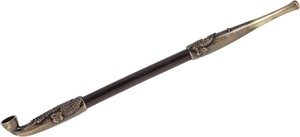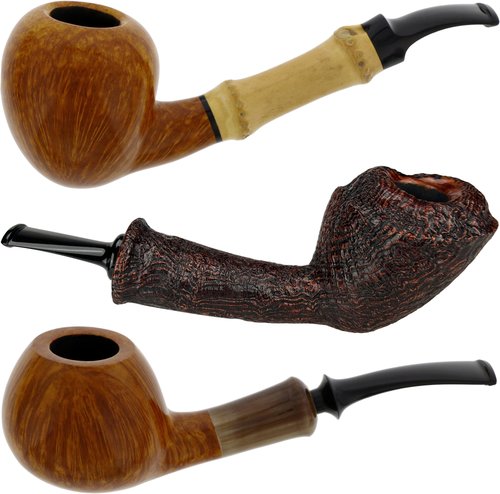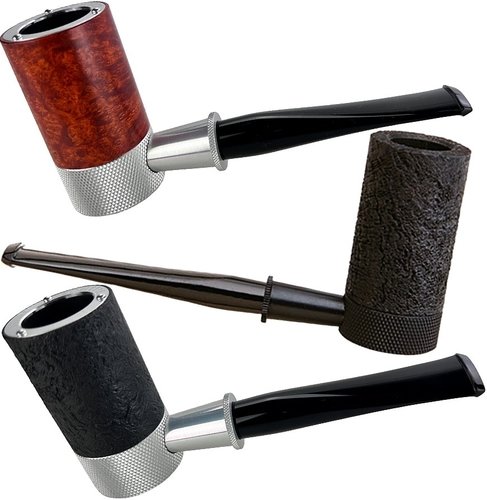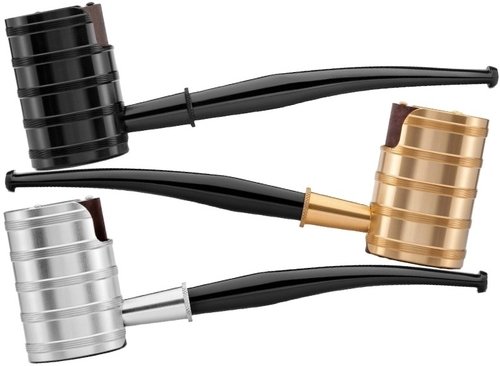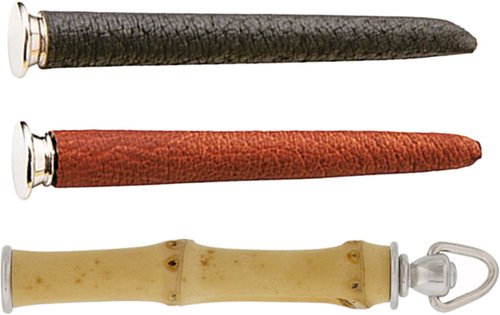Tsuge: Bestseller
Tsuge: All items
The beginnings
The story of Tsuge begins in 1911 with the birth of Kyoichiro Tsuge, the company's founder. He comes from a family of famous swordsmiths and samurai in Kaga. After the death of his parents, Kyoichiro Tsuge begins an apprenticeship as a maker for cigarette holders. Ivory and later also high-quality cherry wood are mainly used.
1936 Kyoichiro can open his own workshop; he marries and business success sets in. Unfortunately, in the 1940s, he was called up for military service, his cigarette holders were confiscated, and the machinery used to make rifle stocks was confiscated. After the war, he successfully reclaims the ivory cigarette holders. The luxury goods that have become rare are sought-after gift items and he can sell them for many times the original price. This gives it good seed capital to start production again in 1945.
After the war
Because of the American troops stationed in Japan - and last but not least because of General Douglas MacArthur, who smoked Corn-Cob - "modern" pipe smoking is also gaining in popularity in Japan. Another supportive factor is that cigarette paper is virtually unobtainable. For most Japanese, pipes are the only way to enjoy tobacco, and from then on Kyoichiro Tsuge made pipes out of cherry wood. He hires workers who used to make umbrella handles and is able to gain some woodworking know-how. Over 120 employees are now employed in production, which mainly turns billiard and bent heads.
When briar wood could be imported again in the 1950s, Tsuge also began making pipes from this material. Many figurative whistles are carved during this period and sold to American soldiers as souvenirs. The Vietnam conflict and other military conflicts favor the need for briar pipes in this region. A lot of cheap cherry wood pipes are exported to Saigon.
The presence
When exports to other Asian countries became increasingly difficult due to currency fluctuations in the 1970s, opportunities were sought to shift the business more and more to the USA and Europe. The best pipe makers are sent to Denmark and Italy to learn and get to know freehand pipe making with Sixten Ivarsson, among others.
These pipe makers established the style for which Tsuge is still known today. Above all, the coveted "Ikebana" freehands are well known to many pipe smokers. Bamboo stems are often used, which perfectly match the Asian aura of the pipes. Tsuge is still an important mass-produced pipe manufacturer, who repeatedly causes a stir with experimental ideas and system pipes. The coveted "Ikebana" are unfortunately rare on the German market due to the high demand in the USA.








